Latin Name: Malus floribunda
Common Name: Japanese flowering crabapple
Family: Rosaceae
Origin: Japan, East Asia
Tree/Shrub/Herb: Deciduous tree
Form: Upright
Habit: Rounded crown
Buds: Alternate, red
Leaves: Simple, oval, serrated margin
Flowers: White to pale pink, radially symmetric
Fruit: Red, fleshy, roundish, 1 cm diameter
Cultural Requirements: Loamy, medium moisture, well-drained, acidic soil; sun-loving
Landscape Uses: Small garden tree
Notes: Typically grows 15-25 feet tall
Latin Name: Laburnum x watereri
Common Name: golden chain tree
Family: Fabaceae
Origin: Southern Europe
Tree/Shrub/Herb: Deciduous tree
Form: Upright, regular
Habit: Multiple primary branches
Buds: Alternate
Leaves: Trifoliate, leaflets 2-5cm long
Flowers: Pendulous yellow flowers which bloom in April/May, bilaterally symmetric
Fruit: A pod 4-6 cm long
Stem/Bark: Greyish-brown, susceptible to southwest disease in our climate
Cultural Requirements: Wont grow well in rich organic soil, prefer poor mineral soil, have an association with rhizobium
Landscape Uses: Garden or park trees
Notes: Can become weedy, except for the sterile cultivar "Vossii"
Latin Name: Quercus palustris
Common Name: pin oak
Family: Fagaceae
Origin: Eastern United States
Tree/Shrub/Herb: Deciduous tree
Form: Upright, pyramidal
Habit: Primary branches held horizontally
Buds: Alternate
Leaves: Deeply incised lobes, apex of lobes have "pin" tips
Flowers: Pendulous chains of white male flowers
Fruit: Acorns
Stem/Bark: Thin, greyish-brown, platy
Cultural Requirements: Thrive in swampy soils, tolerant of dry and compacted soil in the landscape
Landscape Uses: Common on commercial sites because of hardiness, park tree
Notes: Roots are shallow, plant is monoecious
Latin Name: Cercis canadensis
Common Name: red bud
Family: Fabaceae
Origin: Eastern North America
Tree/Shrub/Herb: Deciduous tree
Form: Globose, nearly wider than tall
Habit: Multiple outsweeping horizontal branches
Buds: Alternate
Leaves: Plum coloured, simple, cordate base, pointed tip
Flowers: Pink flowers blooming in late April/May
Stem/Bark: Zig-zag stem growth, white lenticels on dark coloured bark
Cultural Requirements: Poorer soils, dislikes soil that is too rich, tolerant of quite dry soils
Landscape Uses: Small garden tree, commercial landscaping
Notes: Does not transplant well
Latin Name: Cercis siliquastrum
Common Name: Judas tree
Family: Fabaceae
Origin: Southern Europe, Western Asia
Tree/Shrub/Herb: Deciduous tree
Form: Upright, regular
Habit: Spreading vase
Buds: Alternate
Leaves: Heart shaped, blunt apex
Flowers: Pink flowers blooming in May/June
Fruit: Pendulous, flat pods
Stem/Bark: White lenticels on dark coloured bark
Cultural Requirements: Lean, well drained mineral soil
Landscape Uses: Deep, fertile, well drained soil in partial shade
Notes: Leaves emerge at the same time as flowers
Latin Name: Catalpa speciosa
Common Name: catalpa
Family: Bignoniaceae
Origin: Midwestern United States
Tree/Shrub/Herb: Deciduous tree
Form: Upright, regular
Habit: Primary branches at acute angles
Buds: Opposite
Leaves: Large, heart-shaped, 25cm by 15 cm
Flowers: Trumpet shaped, white with yellow stripes and purple spots inside, panicles of 10-30 florets Fruit: Long, thin pods, 20-40 cm long bearing seeds inside
Stem/Bark: Greyish-brown platy bark
Cultural Requirements: Moist, alkaline soil, full sun
Landscape Uses: Park trees
Notes: On of the last trees to grow leaves in the spring
Latin Name: Catalpa bignonioides
Common Name: catalpa
Family: Bignoniaceae
Origin: Southeastern United States
Tree/Shrub/Herb: Deciduous tree
Form: Stout, often wider than tall
Habit: Relatively horizontal primary branching
Buds: Opposite
Leaves: Large, heart-shaped, 25cm by 15 cm
Flowers: Trumpet shaped, white with yellow spots on inside, 2.5-4cm across, in panicles of 20-40
Fruit: Long, thin pods, 20-40 cm long bearing seeds inside
Stem/Bark: Brownish-grey platy bark
Cultural Requirements: Moist soil and full sun
Landscape Uses: Park trees
Notes: Woods is brittle and hard, does not rot easily
Latin Name: Acer tataricum subsp. ginnala
Common Name: amur maple
Family: Sapindaceae
Origin: East Asia
Tree/Shrub/Herb: Deciduous tree
Form: Upright, broad
Habit: Branched to base
Buds: Opposite
Leaves: Thick, shiny leaves, ovate shape, tri-lobed
Flowers: Pannicle form, yellowish-green
Fruit: Winged samaras in pairs
Stem/Bark: Greyish-brown, smooth on younger plants, fissured on older plants
Cultural Requirements: Average, well drained soil, full sun to light shade
Landscape Uses: Garden tree
Notes: Terrific fall colour
Latin Name: Salix x sepulcralis
Common Name: weeping willow
Family: Salicaceae
Origin: Garden origin
Tree/Shrub/Herb: Deciduous tree
Form: Upright, roundish
Habit: Weeping, pendulous branches
Buds: Alternate
Leaves: Simple, Lanceolate, glossy green, glaucous
Flowers: Catkins, male and female flowers borne on same catkin
Stem/Bark: Yellow stems
Cultural Requirements: Wet, but also tolerant of drier soils
Landscape Uses: Park trees
Notes: Susceptible to anthracnose fungal disease on leaves
Latin Name: Cunninghamia lanceolata
Common Name: China fir
Family: Cupressaceae
Origin: East and Southeast Asia
Tree/Shrub/Herb: Coniferous tree
Form: Upright, generally conical
Habit: Loose, irregular branching
Leaves: Flattened, prickly green needles
Cones: Female cones stout, brown, woody
Stem/Bark: Brown bark with vertical striations
Cultural Requirements: Moist, acidic, well-drained soils in semi-shade
Landscape Uses: Park tree
Notes: Will sucker from the base if cut down
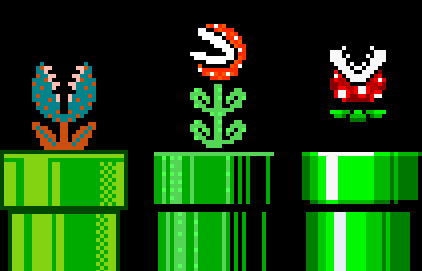


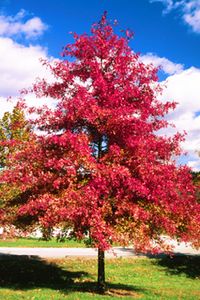

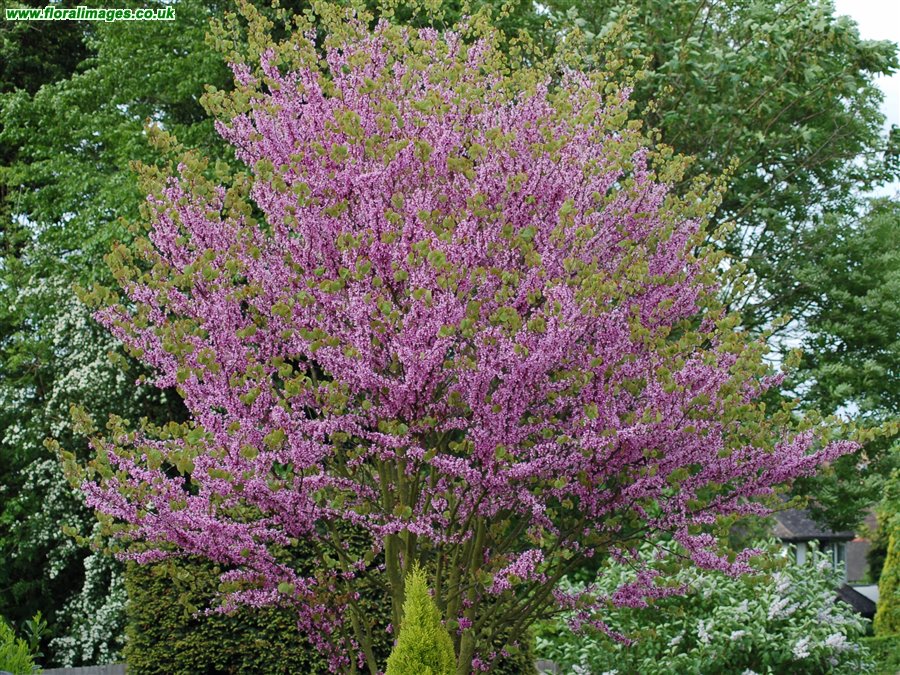
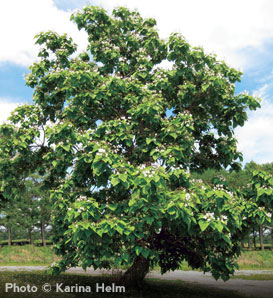

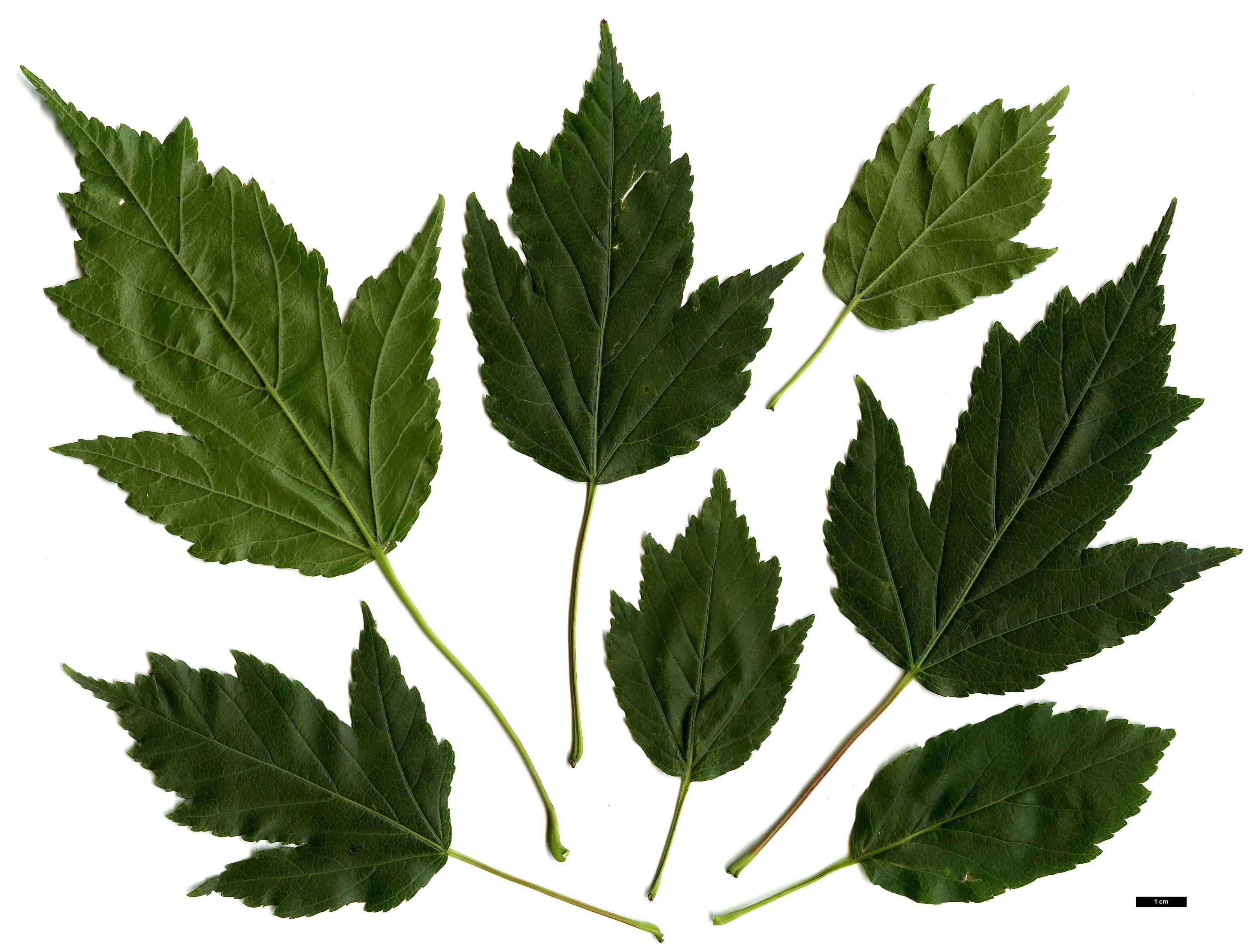


No comments:
Post a Comment